Lockdowns and social restrictions brought on by the coronavirus pandemic, have underscored the need for better access to digital technologies, especially in developing economies. The Global Trade Updated published in October 2020 by UNCTAD shows that the trade of office machinery and communication equipment increased 14 percent and 8 percent year-on-year in July and August 2020. Other sectors such as automotive, chemicals and energy reported significant declines in their trade volumes, over the same period. Clearly, the pandemic has created opportunities for some sectors, despite the widespread mayhem it has caused for many other industries.
But Pakistan did not report a year-on-year increase in the imports of office machinery and data processing equipment in this period. Instead there has been a drop in imports of office machinery and data processing equipment in FY20 over the previous year. On the other hand, imports of mobile phones increased by 81.3 percent over the same period. This trend continued into the first three months of FY21, as imports surged by 83 percent. Although, the pandemic may have created incentives for individuals to purchase mobile phones but this trend can be attributed to the formalizing of mobile phone imports through the implementation of DRIBS technology. Further, there has been a significant reduction in import duties on cheaper variants since December.

A closer inspection at the mobile cellular subscriptions (per 100 people) and fixed broadband subscriptions (per 100 people), extracted from World Bank’s World Development Indicators, clearly indicates that Pakistan is a regional laggard in terms of mobile cellular and broadband technology adoption. Pakistan had 76 mobile cellular subscribers to 100 people in 2019 compared to 84 in India and 101 in Bangladesh. Pakistan had less than one fixed broadband subscription, while India had 1.44 and Bangladesh had approximately five per 100 people. Overall Bangladesh has more mobile phone subscribers and fixed subscribers than the average across all lower-middle-income countries. Additionally, according to Newzoo’s Global Mobile Market Report 2019, 16 percent of the population in Pakistan uses smartphones, compared to 18.5 percent in Bangladesh and 36.7 percent in India. Pakistan clearly lags its regional counterparts and those belonging to its income category. This raises several questions regarding the outreach of mobile cellular and broadband services in Pakistan relative to that in India and Bangladesh.
According to the GSMA Report 2020, consumers face a myriad of taxes and fees that impedes their access to mobile phones. The upfront cost of owning a mobile phone is steep. The total cost of 1GB (with 250 voice minutes and 100 SMS) of data is more than two percent of monthly income for low and medium consumption baskets. This is above the UN’s ‘1 for 2’ target. Therefore, affordability is a key impediment for mobile cellular penetration.

Pakistan needs to lower the cost of acquiring mobile phones, particularly the cheapest variants. This should entail not only lower custom duties but also lower taxes on acquiring SIMs and a basic data package. The mobile tax must be based on usage, with higher taxes on premium packages. As a mobile phone is a capital good, the cost of acquiring it has to be reduced to improve affordability. There is significant evidence that access to data for the poorer rural inhabitants has helped farmer’s incomes. Therefore, it is imperative that access to digital technology is made affordable across the population.








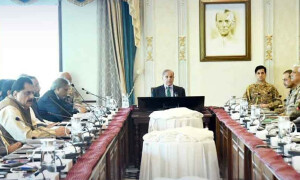

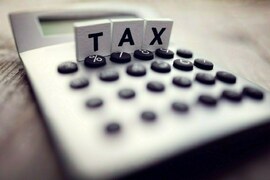


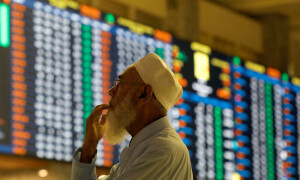
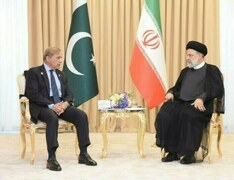
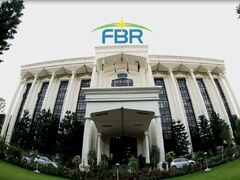

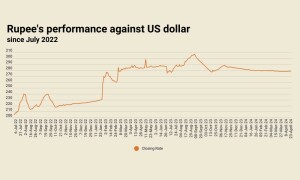

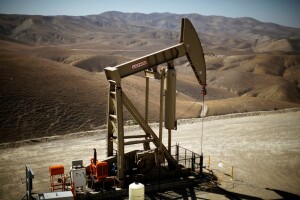



Comments
Comments are closed.